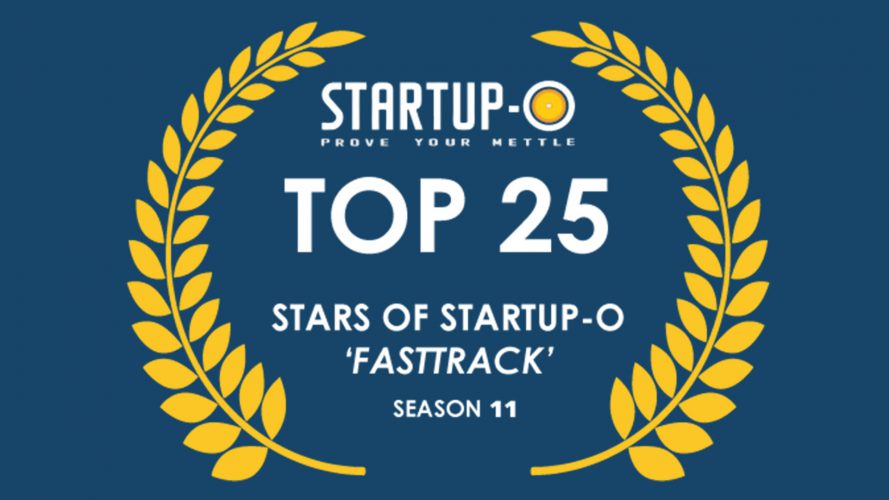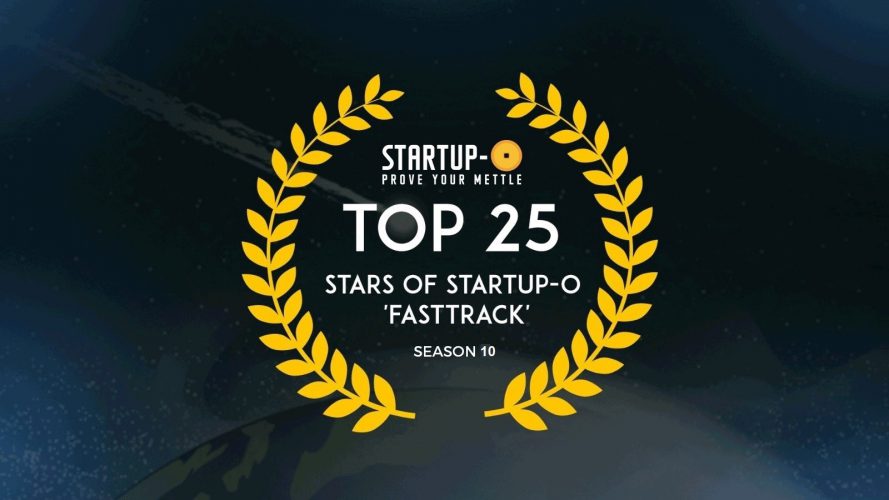
By following these 7 basic guidelines, you can save a lot of time and money now and in the future.
Hunting for a CTO is a challenge for startups with non-tech founders. Failing which, founders often resort to hiring interns or even outsourcing development!
As a founder, you need to ensure that you’re up to speed and have control over what is going on in your startup. That includes the technical side of things too.
It’s crucial to produce high quality work in all aspects of the business because the reputation of the company is at stake.
Here are 7 knowledge nuggets to ease your way into the technology labyrinth:
Right Technology, Right People

You know your business best. It’s your duty to ascertain the right fit of technology and talent for addressing the business problem your company is solving.
Unless you have specific technological needs, keep the following in mind:
Don’t reinvent the wheel
Before jumping in, check the technology options available in the market, which can solve your problem.
If you reinvent the wheel, you will end up wasting chunks of your time on something that has already been done before.
Choose a tech stack which has a good online community

When it comes to development, you will need to scour the internet to find solutions to technical issues. This is where a good community can help in supporting your development projects.
Here’s a good summary of what tech stack top startups, such as Airbnb, Medium, and Shopify, are using: http://stackshare.io/stacks
Use a framework based on stack chosen
Frameworks help to structure your code. Just like any spoken languages which has grammar rules, your code should follow a structure that is comprehensible to others.
This way, multiple developers can work on the same piece of code efficiently.
Choose people to choose technology
A lot of times there is a tradeoff between the `ideal technology` vs `people with the technical know-how`.
If you trust a person (who is also willing to work for you) to give you directions, pick the technology which he/she is comfortable with.
Learn the basics of the Net

Knowledge is power. To deal with the internet, you should be armed with fundamental knowledge of the Internet and how it came to be today.
This will help you understand what the building blocks of any internet application are. Google it or ask a friend who’s a developer.
Some key questions you could google:
- Why was the internet created?
- What is IP and Domain Name?
- How does information transfer over `http`?
- How is it that you are able to request a webpage in a browser from a server?
- Why do we need a database?
- How did the internet evolve so rapidly from static content pages to awesome dynamic pages?
- What is frontend and backend?
- What is request response cycle?
- What is MVC?
- What is REST?
After the resolution of these questions, if you did not have an `OMG` moment, then my dear friend, you’d need to find another expert to answer these questions.
This discussion should not take more than 2 hours to serve its purpose.
Know the whys

As I’ve mentioned previously, do not reinvent the wheel but at the same time, you should know why not to reinvent.
Some questions which you should be able to answer are:
- What technologies are you using?
- What purpose do these technologies serve?
- Which parts of your business problem are they solving?
- Will these technologies be able to address your needs in the near future?
- Are they scalable?
- Are there enough people in the market to adapt to these technologies? (Because at the end of the day it’s people running your business, not the technologies.)
The basics that you have learnt will help you answer these questions in a better manner.
Consequently, the product discussions, which you will have with your tech team will be shorter, fruitful and well-scoped; and you will be able to iterate on your product faster!
Solid Foundation

Once you have covered all that is mentioned above, it’s time to build something beautiful.
A startup needs to work rapidly and have the capability to iterate over the product. Your users will give you feedback and you might want to change things drastically.
Instead of wasting your time doing things from scratch, time could be better spent creating a solid, technological foundation for your startup.
Here’s a list of characteristics a solid tech base should have:
- Version Control in place
- Coherent database
- Coding standards followed
- Frameworks used correctly
- Well commented code
- Well documented code
- Code that could be read like a story
This may be a hassle at the start, but once you have more people onboard, you would want them to enjoy their work and not just solve bugs from a pile of spaghetti code.
Ship Early & Ship Often

Expecting everything to work smoothly is to be an idealist. Instead, go Agile by using a feedback-based iteration that is user centric.
With a solid tech foundation, keep experimenting. Less crucial bugs can be resolved in the future as well. Set small “release-targets” and frequent “release-dates”.
Once you get your entire team to go Agile, it will be motivating and fun for all.
Ensure that business logic is DRY

Typically, there are three levels of code – the database, the business logic and the presentation level (often involving the web interface).
Business logic, which describes a specific procedure, links the database and presentation levels together.
The key principle then is DRY (i.e. Do not Repeat Yourself), so that the business logic is well separated from the database and product’s interface.
If you keep to this principle, changing the business logic, such as implementing a new discount code on the backend, will take less development effort, and reduce chances of bugs.
“For changing a part of the machine, you should not need to dis-integrate the entire machine.”
YAGNI (You ain’t gonna need it)

In line with shipping early and shipping often, it’s important to stay on track when it comes to producing code.
When we start brainstorming about the business, we find ourselves peeking into the future, occasionally going off tangent, and building more features than needed.
However, it’s best to implement the code quickly and implement less of it instead of wasting time developing features you don’t need in the future.
As the founder of extreme programming, Ron Jeffries, said, “Always implement things when you actually need them, never when you just foresee that you need them”.
Dig into your network and find a person who will be able to help you out with these things.
10 hours of his time distributed over a week will give you a big leap in your entrepreneurial adventure. Have fun!



